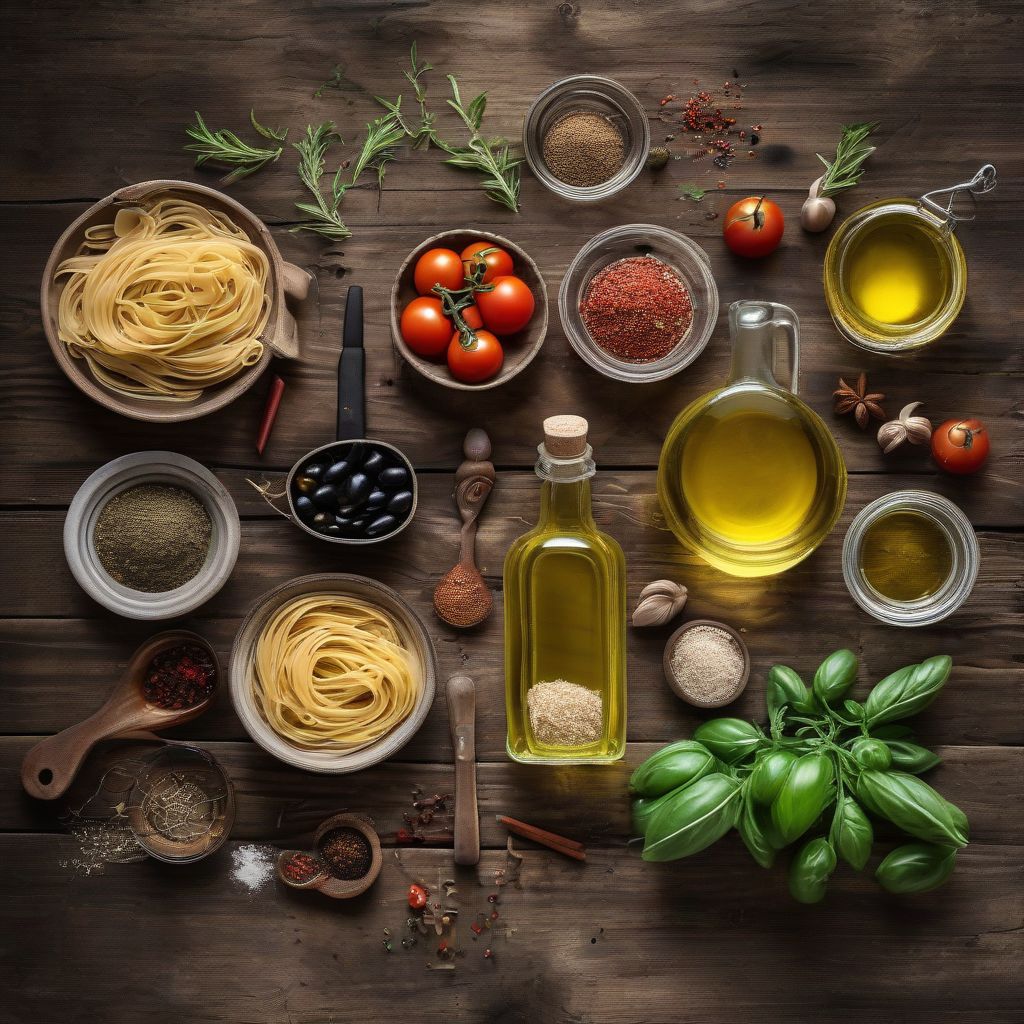Imagine hosting a dinner party where your guests rave about the authentic, restaurant-quality European dishes you effortlessly prepared. No more dreaming of Parisian bistros or Roman trattorias – with a little guidance, you can bring the exquisite flavors of Europe to your own kitchen.
Deconstructing European Gourmet: It’s Easier Than You Think
Many people assume European gourmet cooking is out of reach, reserved for professional chefs with years of experience. However, the truth is, with the right approach and a dash of passion, anyone can create stunning European dishes at home. It’s all about understanding the core principles:
1. Embracing Fresh, High-Quality Ingredients:
The foundation of exceptional European cuisine lies in using the freshest, seasonal ingredients. Seek out vibrant farmers’ markets, local butchers, and artisan cheese shops to source the highest quality produce, meats, and cheeses. Remember, simplicity is key – let the natural flavors of the ingredients shine.
2. Mastering Essential Techniques:
Don’t be intimidated by fancy French terms or elaborate Italian recipes. Many European gourmet dishes rely on a few fundamental cooking techniques, easily mastered with practice. From perfecting a velvety smooth béchamel sauce to creating a light-as-air soufflé, mastering these techniques unlocks a world of culinary possibilities.
3. Understanding Regional Flavors:
Europe is a tapestry of diverse cultures, each with its own unique culinary traditions. Explore the distinct flavors of different regions – the delicate balance of herbs and citrus in Provençal cuisine, the hearty stews and rich sauces of Tuscany, or the light and elegant seafood dishes of Greece.
Your Guide to Creating European Gourmet Delights:
Ready to embark on your European culinary adventure? Here’s a roadmap to help you navigate the world of gourmet cooking at home:
1. Choose Your Culinary Destination:
Start by selecting a specific European region or cuisine that excites your palate. Do you crave the rustic charm of Italian pasta dishes? Or perhaps the elegant simplicity of French cuisine? Once you have a destination in mind, research traditional recipes and explore the region’s signature ingredients.
2. Stock Your Pantry with European Essentials:
Equipping your kitchen with a few key European pantry staples will elevate your cooking. Consider stocking up on items like:
- High-quality olive oil: The cornerstone of Mediterranean cooking, essential for drizzling, sautéing, and dressing.
- Aged balsamic vinegar: Adds a complex sweetness and acidity to salads, marinades, and sauces.
- Dried herbs and spices: From fragrant oregano and basil to earthy rosemary and thyme, dried herbs are essential for infusing European flavors.
- San Marzano tomatoes: These Italian plum tomatoes are prized for their sweetness and low acidity, perfect for sauces and stews.
- Good quality pasta: Invest in a variety of shapes and sizes to complement different sauces and preparations.
 Italian Pantry Essentials
Italian Pantry Essentials
3. Embrace the Art of Mise en Place:
“Mise en place” – the French culinary term for “everything in its place” – is crucial for stress-free gourmet cooking. Before you begin, measure out all your ingredients, chop vegetables, and gather your tools. Having everything prepped and organized will streamline the cooking process and ensure consistent results.
4. Master the Flavors:
European cuisine is all about balancing flavors. Don’t be afraid to experiment with different herbs, spices, and seasonings to achieve the desired taste.
- Taste as you go: This is crucial! Adjust seasonings throughout the cooking process to achieve the perfect balance.
- Don’t be afraid of salt: Salt is essential for enhancing flavors, but use it judiciously.
- Fresh herbs make a difference: Whenever possible, use fresh herbs at the end of cooking for a vibrant flavor boost.
5. Presentation Matters:
European gourmet dining is as much about visual appeal as it is about taste. Take the time to plate your dishes beautifully.
- Invest in white plates: They provide a neutral backdrop that lets the colors of your food shine.
- Use height and texture: Create visual interest by layering ingredients and using different textures on the plate.
- Garnish thoughtfully: A sprig of fresh herbs or a drizzle of olive oil can elevate the presentation.
Conclusion: Bon Appétit!
Creating European gourmet meals at home is an achievable and rewarding endeavor. Embrace the journey, enjoy experimenting with new flavors and techniques, and savor the experience of bringing a taste of Europe to your table. Remember, the most important ingredient is passion – let your love for food guide you!
[amazon bestseller=”European Cookbooks”]
Now, it’s your turn! Share your favorite European dishes to recreate at home in the comments below.
